Archives
- 2018-07
- 2018-10
- 2018-11
- 2019-04
- 2019-05
- 2019-06
- 2019-07
- 2019-08
- 2019-09
- 2019-10
- 2019-11
- 2019-12
- 2020-01
- 2020-02
- 2020-03
- 2020-04
- 2020-05
- 2020-06
- 2020-07
- 2020-08
- 2020-09
- 2020-10
- 2020-11
- 2020-12
- 2021-01
- 2021-02
- 2021-03
- 2021-04
- 2021-05
- 2021-06
- 2021-07
- 2021-08
- 2021-09
- 2021-10
- 2021-11
- 2021-12
- 2022-01
- 2022-02
- 2022-03
- 2022-04
- 2022-05
- 2022-06
- 2022-07
- 2022-08
- 2022-09
- 2022-10
- 2022-11
- 2022-12
- 2023-01
- 2023-02
- 2023-03
- 2023-04
- 2023-05
- 2023-06
- 2023-07
- 2023-08
- 2023-09
- 2023-10
- 2023-11
- 2023-12
- 2024-01
- 2024-02
- 2024-03
- 2024-04
- 2024-05
- 2024-06
- 2024-07
- 2024-08
- 2024-09
- 2024-10
- 2024-11
-
Phosphoinositide kinase PI K Akt has been well demonstrated
2024-03-20
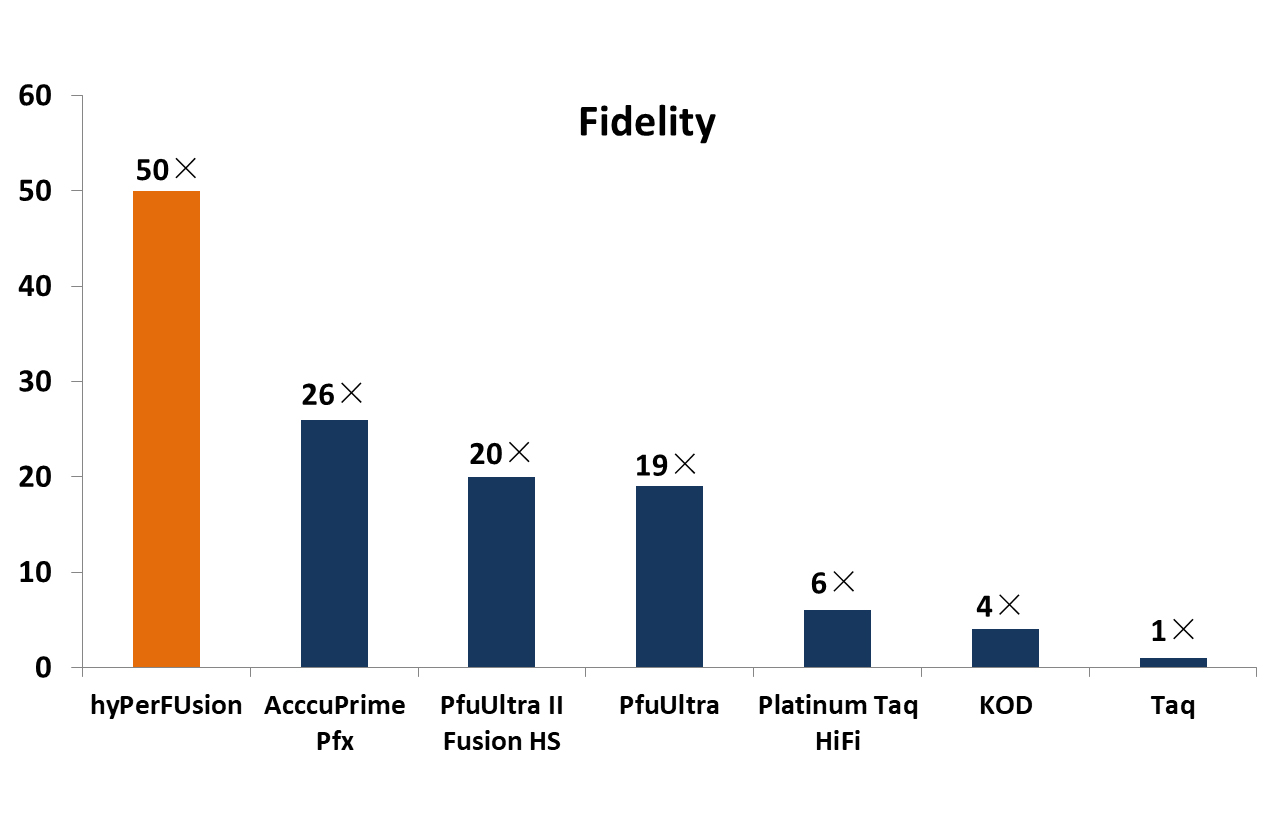
Phosphoinositide 3-kinase (PI3K)/Akt has been well demonstrated in the protection of myocardial cell against IR injury via increasing cardiomyocyte survival, inhibiting excessive autophagy, et al. (Kong et al., 2016). The cpi-613 of ERK1/2 also involves in the regulation of cardiac myocyte survival
-
It is increasingly evident that many metabolic genes
2024-03-20

It is increasingly evident that many metabolic genes are associated with cancer progression of various tumor cells, including NSCLC. In particular, GLUT1 overexpression has been reported in NSCLC, and correlations between GLUT1 expression and a number of clinical parameters such as gender, smoking s
-
br Conflicts of interest br Financial support
2024-03-19

Conflicts of interest Financial support This work was supported by grants from the Fondazione Cariplo [Grant number 2011-0463] (Carini); and by Funds for Original Research of the Università del Piemonte Orientale (2016, Project: Carini-Boldorini). The sponsors had no involvement in study desig
-
br Experimental Procedures Additional information can be fou
2024-03-19
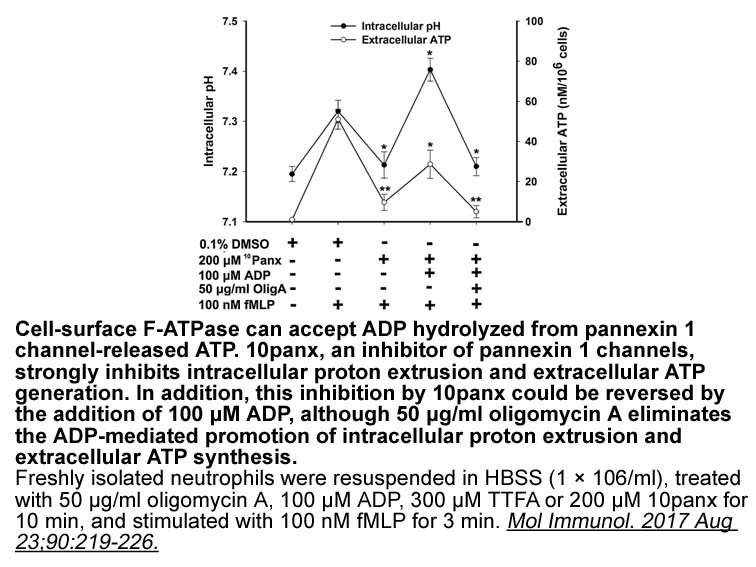
Experimental Procedures Additional information can be found in Supplemental Experimental Procedures. Author Contributions Acknowledgments We thank all members of Lab of Health Chemistry for helpful discussions. This work was supported by Grant-in-Aid for Scientific Research (KAKENHI) from
-
TUNEL assay Apoptotic DNA fragmentation in cells was measure
2024-03-19
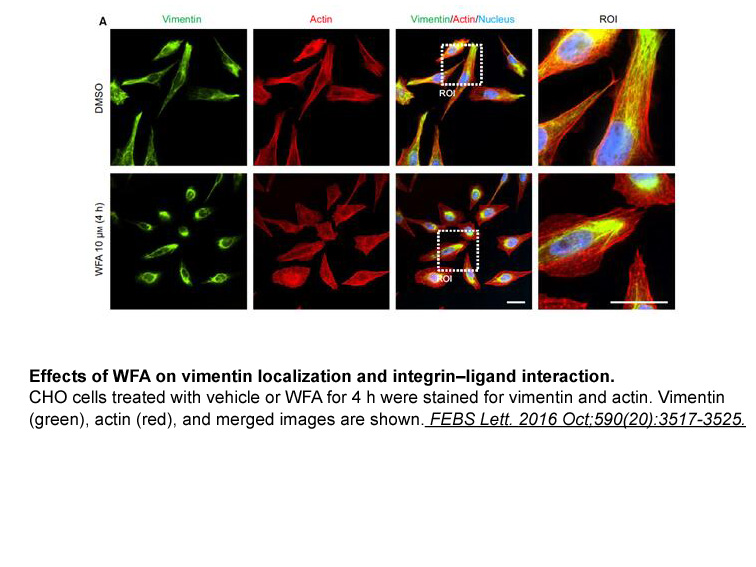
TUNEL assay. Apoptotic DNA fragmentation in SB 290157 trifluoroacetate salt was measured using a commercially available TUNEL assay kit (Thermo Fisher). Frozen cells were fixed with 10% paraformaldehyde/PBS. Apoptosis was determined by staining the 3′-OH ends of fragmented DNA with biotin-dNTP usin
-
Introduction Heterotrimeric G proteins mediate signal transd
2024-03-19

Introduction Heterotrimeric Gαβγ proteins mediate signal transduction through seven-transmembrane domain receptors. In response to neurotransmitters or hormones, activated receptors bind GTP via the Gα subunit leading to the dissociation of Gα from the Gβγ dimer. G proteins regulate the levels of s
-
br Small molecule homoisoflavonoid in combination with anti
2024-03-19
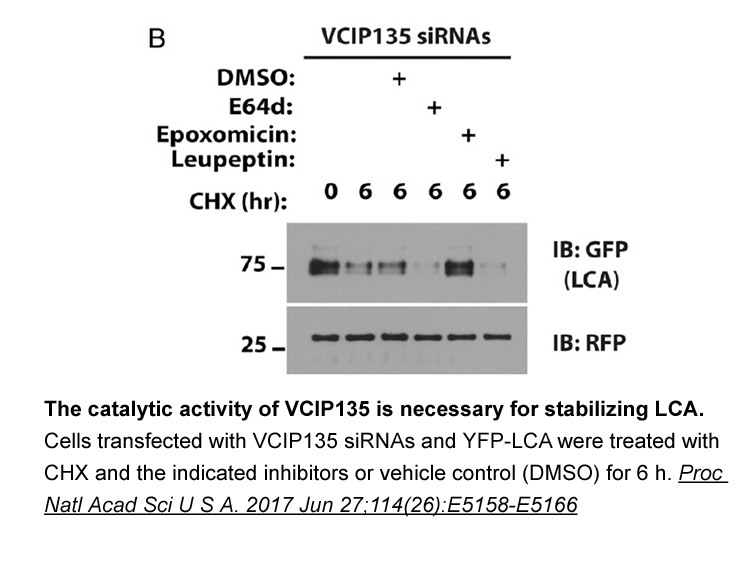
Small molecule homoisoflavonoid in combination with anti-VEGF therapy Basavarajappa et al. [11] reported a new synthetic homoisoflavonoid compound, SH-11037 by modifying the structure of naturally occurring homoisoflavonoid cremastranone. SH-11037 exhibited promising inhibition of human retinal m
-
br Conclusions br Declarations br Introduction
2024-03-19

Conclusions Declarations Introduction The classical term of endocrine disruption includes any agent that interferes with the action of hormones within the human body; these agents are therefore named endocrine disruptors. Among these agents, that are mainly environmental chemicals (pollutan
-
Perforation of the surface membrane
2024-03-19
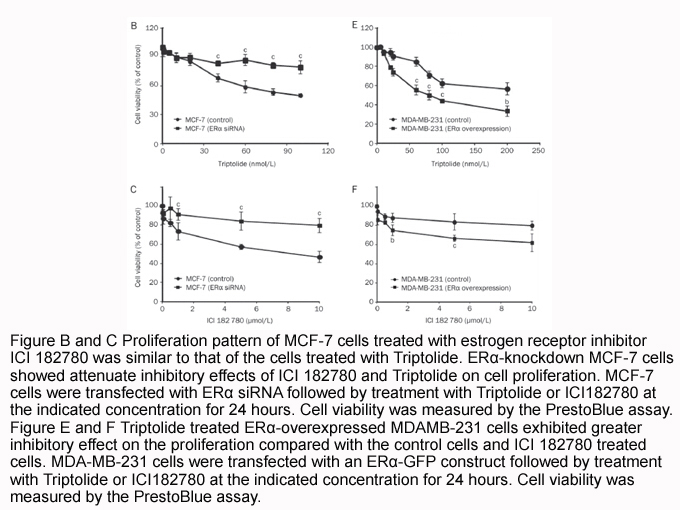
Perforation of the surface membrane, however, is not the only mechanism of calcium dysregulation by Aβ at the presynaptic terminals. When in excess, both monomers and oligomers modulate biophysical properties of voltage-activated calcium 3,3',5'-Triiodo-L-thyronine synthesis as well as calcium rele
-
br Introduction Quenchbody Q body immunoassay is a novel
2024-03-19

Introduction Quenchbody (Q-body) immunoassay is a novel biosensing technology that uses the quenching of fluorescence by intrinsic tryptophan (Trp) residues in antibody variable regions when dye(s) are conjugated to an antibody or antibody fragments in appropriate position, and de-quenching while
-
br Introduction Hepatocellular carcinoma HCC is the third
2024-03-19
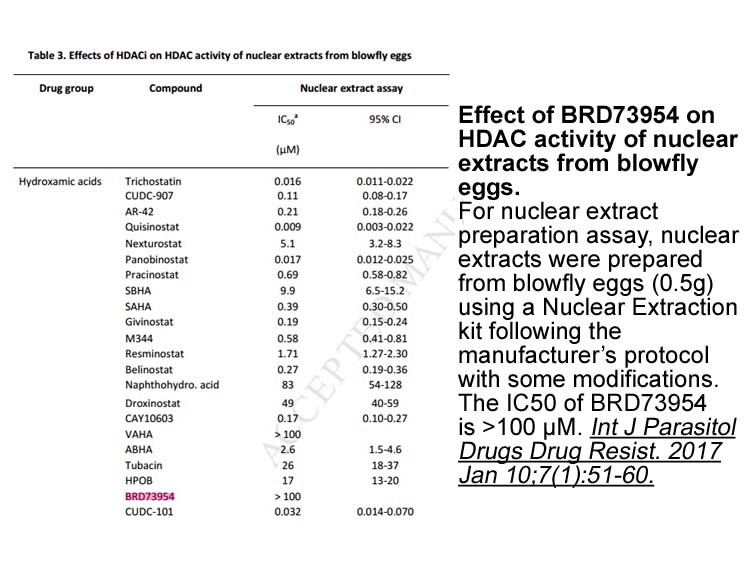
Introduction Hepatocellular carcinoma (HCC) is the third-leading cause of cancer-related death worldwide and accounts for 70–85% of all liver cancer diagnoses [1]. In East and South-East Asia, the occurrence of HCC and the related number of fatalities have gradually increased in recent decades [2
-
Compounds and with potent ALR inhibitory activity were also
2024-03-19
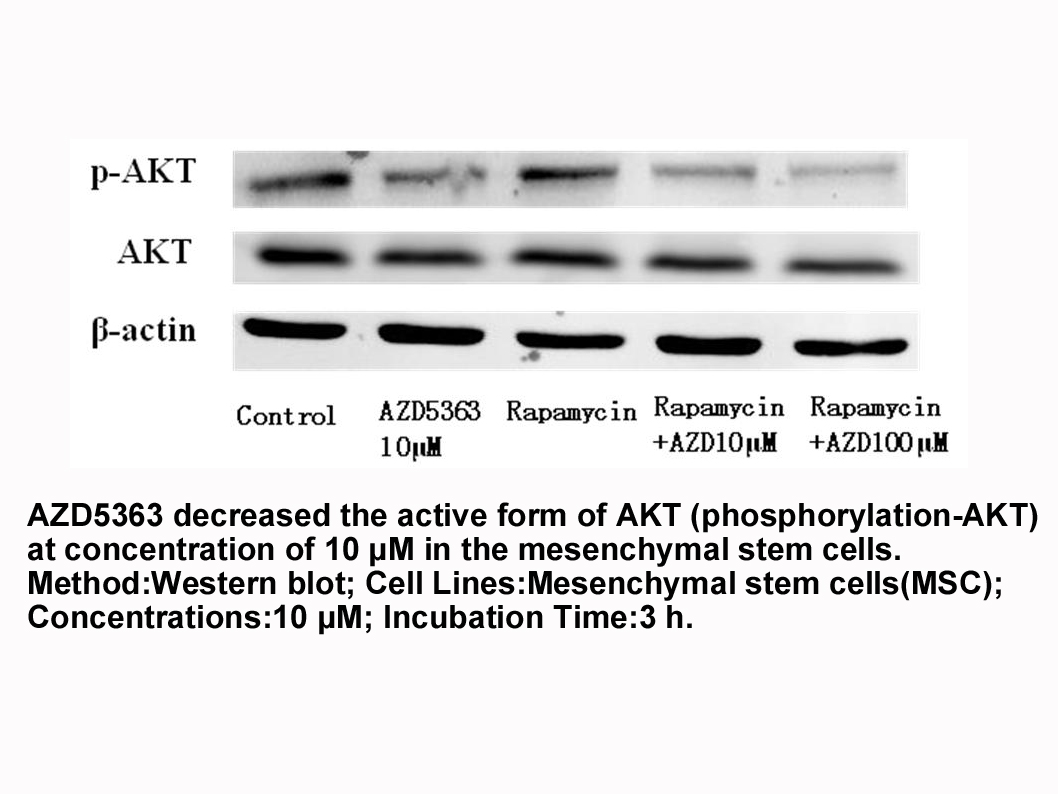
Compounds , and with potent ALR2 inhibitory activity were also tested for their inhibition ability against ALR1, as shown in . They all showed low activity with inhibition percentages no more than 45% at the concentration of 10μM, demonstrating good selectivity for ALR2. To evaluate the antioxida
-
LY2584702 It is also possible that adrenoceptor activation m
2024-03-19
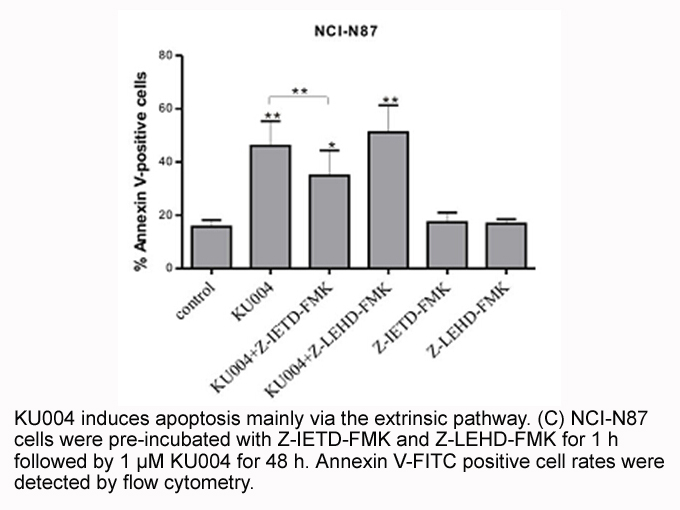
It is also possible that α2-adrenoceptor activation may inhibit glutamate accumulation by upregulating the glutamate-buffering activity of Müller LY2584702 through EAAT1 or adjusting EAAT2 in bipolar cells, as well as the NMDA receptor. Therefore, we investigated whether topical administration of br
-
In fact serotonin is a major modulator of dopaminergic
2024-03-19
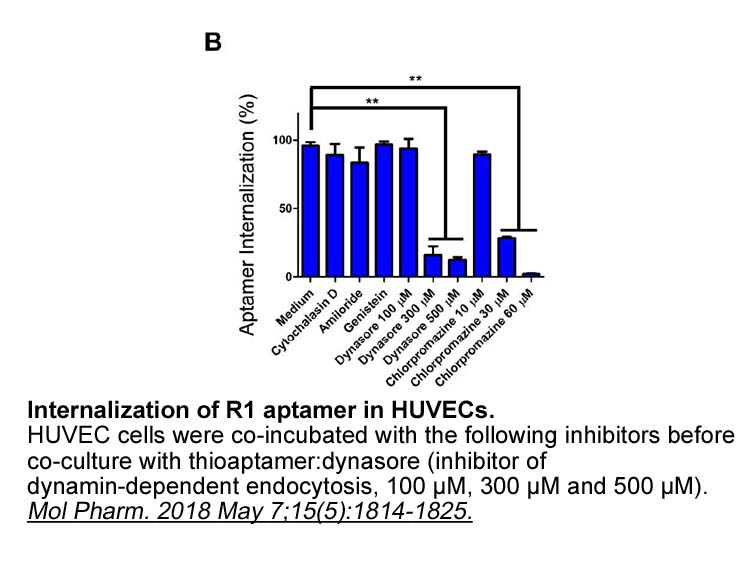
In fact, serotonin is a major modulator of dopaminergic (DA) neuronal activity through the 5-HT2C receptor. Studies have shown that the selective 5-HT2C receptor agonist Ro60-0175 blocks the burst-firing of mesolimbic DA neurons, which project from the ventral tegmental area (VTA) to the nucleus acc
-
In conclusion the results of this investigation suggest that
2024-03-19
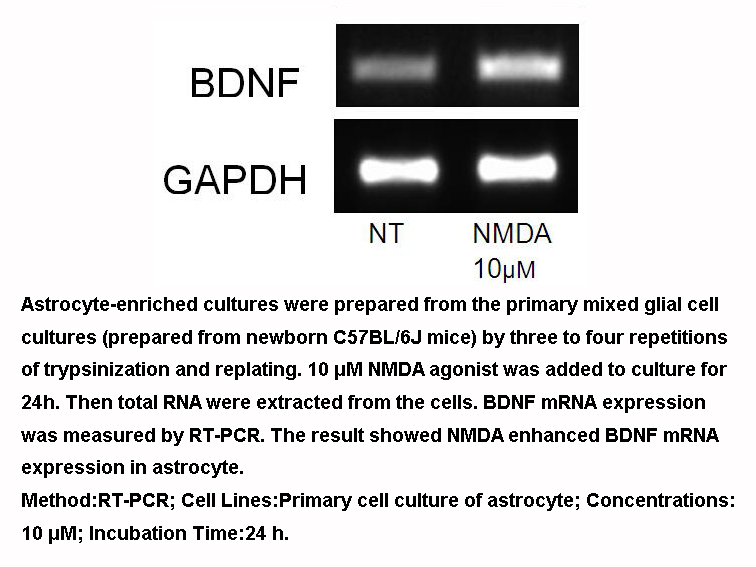
In conclusion, the results of this investigation suggest that the involvement of PGE2 in the pathogenesis of pulpal inflammation and repair may be related to its induction of cAMP production. PGE2-induced cAMP production in dental pulp cells is mediated by binding to the EP2 receptor, activation of
15608 records 132/1041 page Previous Next First page 上5页 131132133134135 下5页 Last page